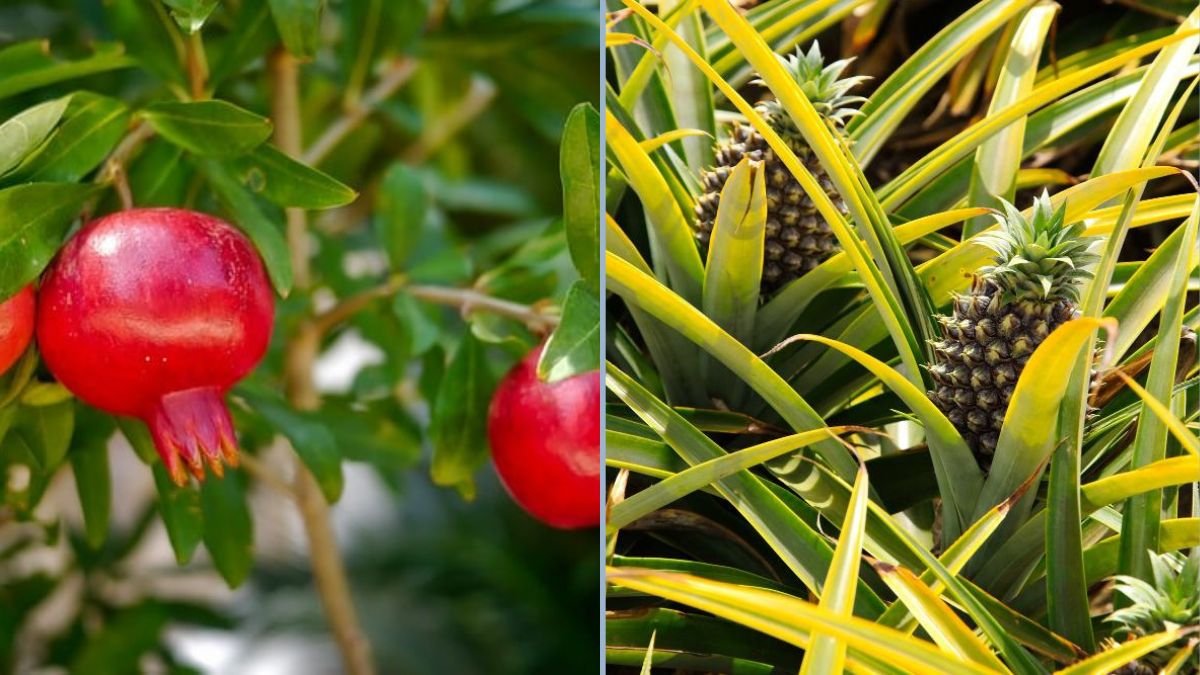Summer heat can pose significant challenges to gardeners and farmers, especially when it comes to fruit cultivation. High temperatures, intense sunlight, and dry conditions can stress plants, reduce fruit quality, and increase vulnerability to pests and diseases. However, by selecting heat-tolerant fruit varieties and applying proper cultivation practices, it is possible to enjoy abundant harvests even during the hottest months. This article explores the best fruits to plant in summer, their growth requirements, and sustainable methods for successful summer cultivation.
Understanding Summer Heat and Its Effects on Fruit Plants
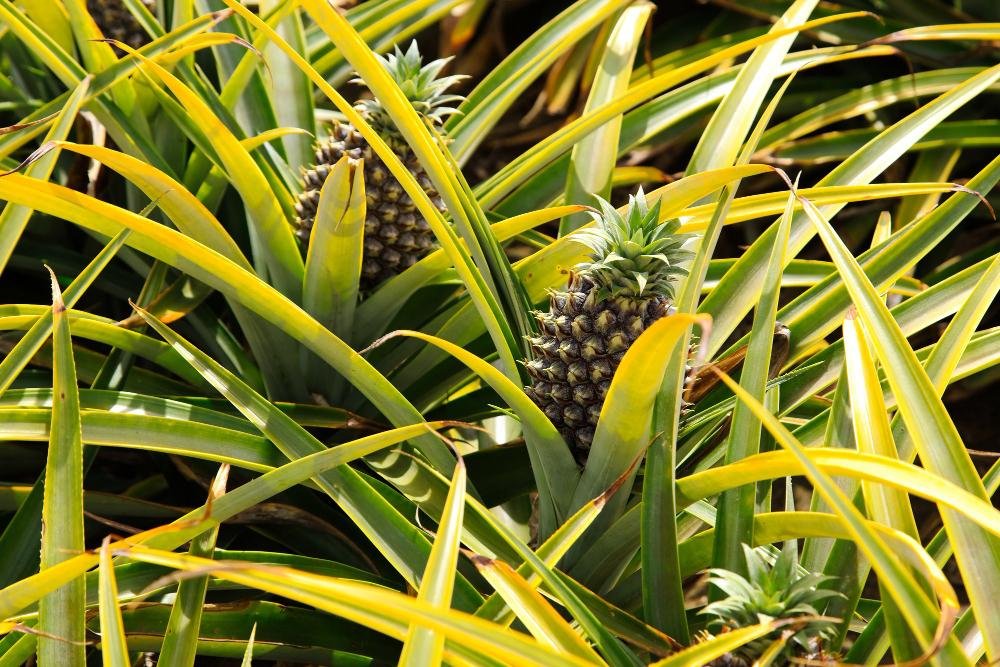
High temperatures and strong sunlight affect fruit plants in several ways:
- Water Stress: Heat accelerates evaporation from soil and plant surfaces, causing dehydration.
- Sunburn: Excessive sunlight can damage leaves and fruits, leading to reduced photosynthesis and poor fruit quality.
- Reduced Pollination: Extreme heat can hinder flower formation and pollinator activity, limiting fruit set.
- Increased Pest Pressure: Many pests and diseases thrive in warm conditions, impacting plant health.
Choosing fruits naturally adapted to hot climates and implementing preventive measures ensures successful summer cultivation.
Characteristics of Heat-Tolerant Fruit Plants
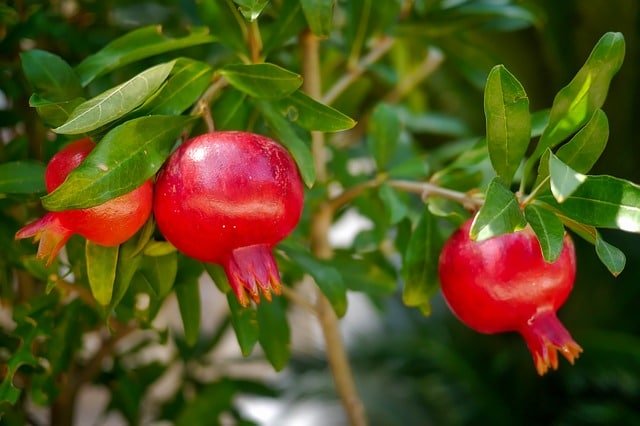
Heat-tolerant fruits typically share these characteristics:
- Drought Resistance: Ability to survive with limited water.
- Sun Tolerance: Capacity to thrive under direct sunlight.
- Rapid Growth and Maturation: Quick development ensures fruits ripen before extreme heat causes stress.
- Pest and Disease Resistance: Natural resilience reduces the need for chemical interventions.
Understanding these traits helps gardeners select the right fruit species for summer planting.
Best Fruits to Plant in Summer Heat
1. Papaya (Carica papaya)
- Climate Preference: Tropical and subtropical regions with full sun exposure.
- Soil Requirements: Well-draining, fertile soil rich in organic matter.
- Water Needs: Moderate; avoid waterlogging.
- Benefits: Fast-growing, produces fruit within 6–12 months, high in vitamins A and C.
- Tips for Summer Cultivation: Mulch around the base to retain soil moisture and reduce heat stress; provide shade for young plants during extreme midday sun.
2. Guava (Psidium guajava)
- Climate Preference: Tolerates high temperatures and dry conditions.
- Soil Requirements: Sandy-loam or loamy soils with good drainage.
- Water Needs: Low to moderate; drought-resistant once established.
- Benefits: Hardy plant producing vitamin-rich fruits with long shelf life.
- Tips: Prune regularly to enhance airflow and reduce pest incidence; fruit matures in 4–6 months.
3. Mango (Mangifera indica)
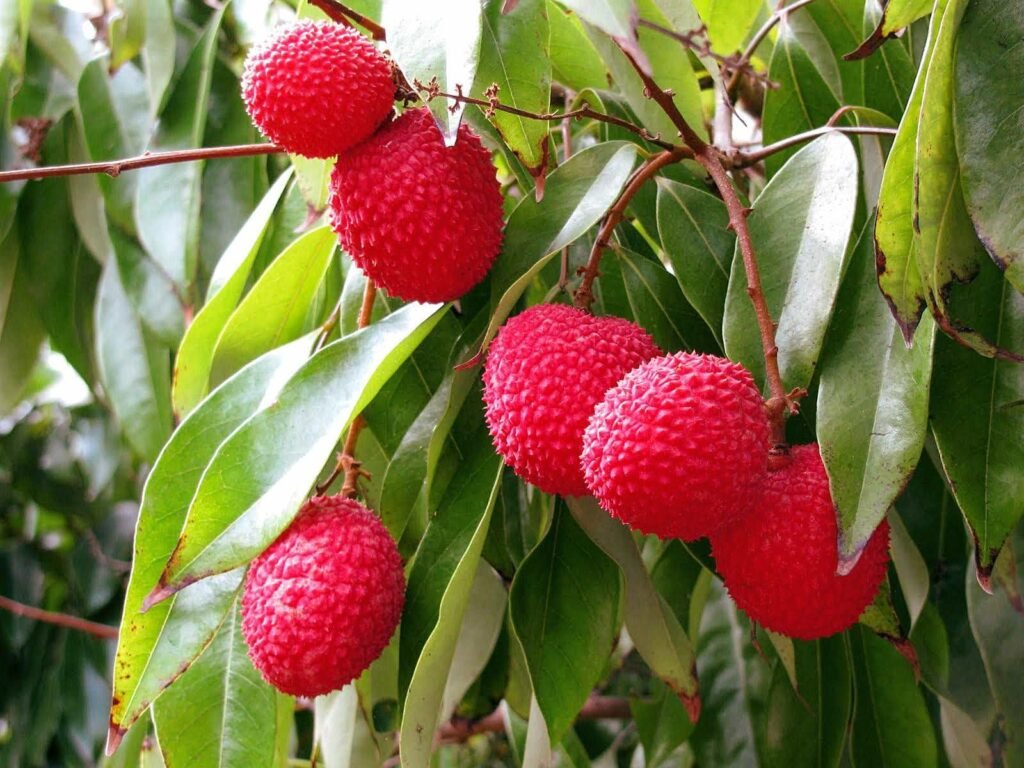
- Climate Preference: Thrives in tropical to subtropical hot climates.
- Soil Requirements: Deep, well-drained soils; slightly acidic to neutral pH.
- Water Needs: Moderate; avoid excessive watering during flowering.
- Benefits: Produces sweet, nutrient-rich fruits; long lifespan.
- Tips: Young seedlings benefit from partial shade; older trees tolerate full sun. Mulching helps retain soil moisture.
4. Pomegranate (Punica granatum)
- Climate Preference: Heat and drought-tolerant, ideal for semi-arid regions.
- Soil Requirements: Loamy or sandy soils with good drainage.
- Water Needs: Low; occasional watering improves fruit size.
- Benefits: Rich in antioxidants, long shelf life, and low maintenance.
- Tips: Prune regularly to shape the plant and improve sunlight penetration; avoid excessive nitrogen to prevent leafy growth over fruiting.
5. Fig (Ficus carica)
- Climate Preference: Thrives in hot, dry climates with minimal rainfall.
- Soil Requirements: Well-drained soil; tolerates poor soil conditions.
- Water Needs: Low to moderate; drought-resistant once established.
- Benefits: Produces sweet fruits, ideal for fresh consumption or drying.
- Tips: Mulch to conserve moisture; protect young plants from extreme midday heat.
6. Citrus Fruits (Oranges, Lemons, Limes)
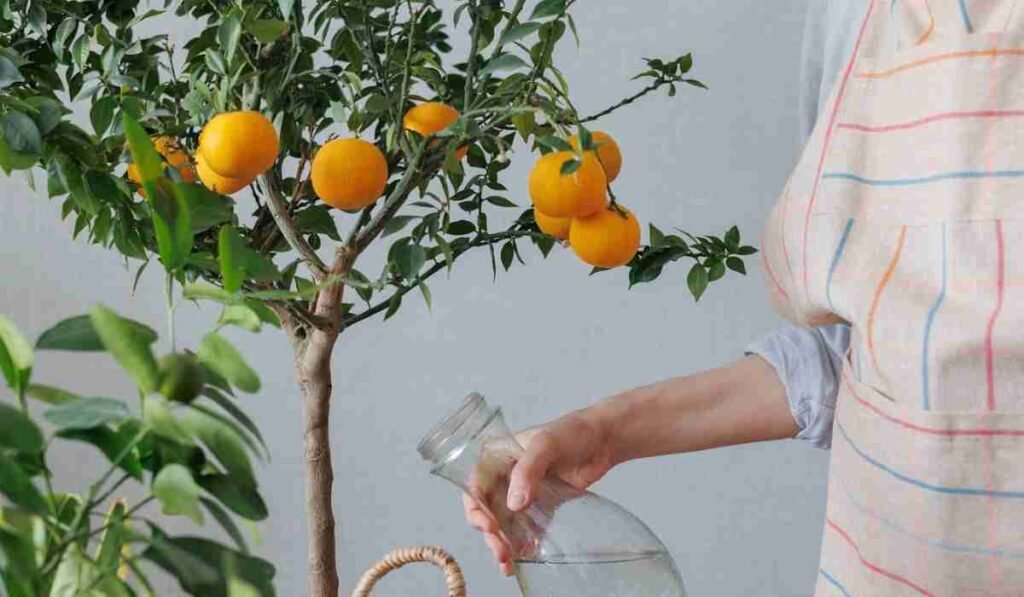
- Climate Preference: Full sun and warm temperatures; sensitive to frost.
- Soil Requirements: Well-drained loamy soils, slightly acidic.
- Water Needs: Moderate; frequent irrigation during fruiting enhances quality.
- Benefits: Vitamin C-rich fruits, high economic value, multiple varieties.
- Tips: Fertilize organically with compost or vermicompost; ensure adequate spacing for airflow.
7. Banana (Musa spp.)
- Climate Preference: Thrives in tropical climates with high humidity and heat.
- Soil Requirements: Deep, fertile, well-drained soil.
- Water Needs: High; maintain consistent moisture without waterlogging.
- Benefits: Fast-growing, high-calorie fruit, rich in potassium.
- Tips: Protect young shoots from intense midday sun; mulch to retain soil moisture and improve fertility.
8. Watermelon and Melons (Cucumis spp.)
- Climate Preference: Hot summer climates with full sunlight.
- Soil Requirements: Sandy-loam soils, good drainage.
- Water Needs: Moderate; avoid water stress during flowering and fruiting.
- Benefits: Refreshing, hydrating fruits rich in vitamins and minerals.
- Tips: Provide ample spacing to prevent overcrowding; mulch to reduce soil evaporation and keep fruits cool.
9. Dragon Fruit (Hylocereus spp.)
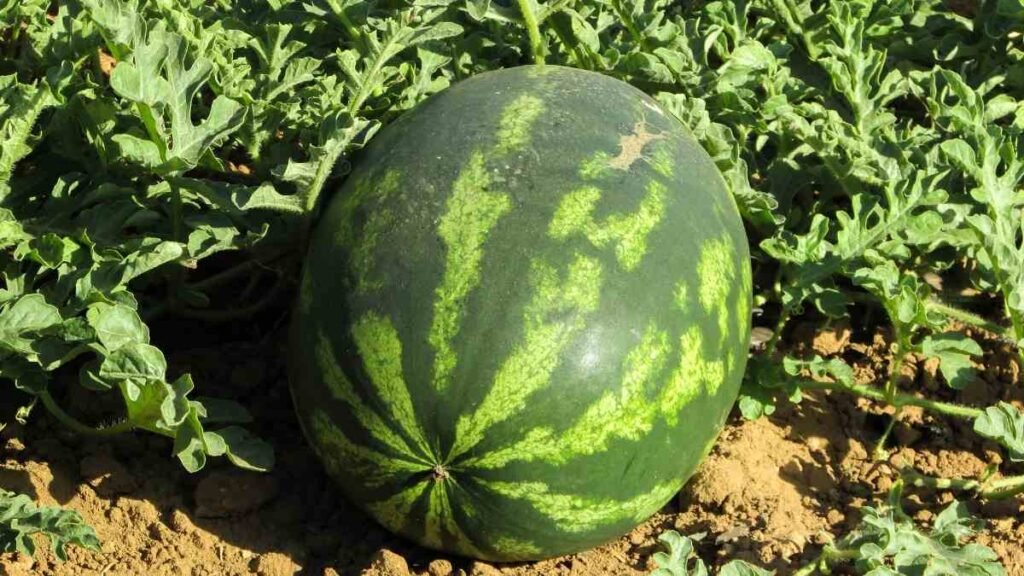
- Climate Preference: Tropical and arid regions; tolerates heat and drought.
- Soil Requirements: Sandy, well-drained soils.
- Water Needs: Low to moderate; overwatering can cause root rot.
- Benefits: Exotic fruit, rich in antioxidants and dietary fiber.
- Tips: Provide trellis support; young plants benefit from light shading during peak heat.
Cultivation Practices for Summer Heat
1. Mulching
Applying organic mulch around fruit plants reduces soil temperature, retains moisture, and prevents weed growth. Materials like straw, coconut husks, or leaf litter are ideal.
2. Shade Management
Providing temporary shade for seedlings and young plants during peak summer hours protects them from sunburn and reduces heat stress. Shade nets or natural shading from taller plants can be effective.
3. Drip Irrigation
Targeted watering at the root zone ensures efficient water use, minimizes evaporation, and maintains consistent soil moisture for fruit development.
4. Organic Fertilization
- Compost and Vermicompost: Supply essential nutrients and improve soil structure.
- Seaweed Extracts: Provide micronutrients and growth hormones that enhance heat tolerance.
- Legume Cover Crops: Fix nitrogen and improve soil fertility naturally.
5. Pest and Disease Management
Heat-stressed plants are more vulnerable to pests. Organic methods such as neem oil, garlic sprays, and companion planting with marigolds or basil reduce pest pressure without harmful chemicals.
6. Pruning and Training
Pruning ensures better airflow, reduces disease incidence, and improves light penetration, enhancing fruit quality during high temperatures.
7. Harvesting Strategies
Harvest fruits promptly when mature to prevent heat-related damage, sunburn, or pest attacks. Frequent harvesting encourages continuous fruiting in summer-tolerant plants.
Benefits of Growing Heat-Tolerant Fruits
- Sustainable Production: Requires less water and chemical intervention.
- High Nutritional Value: Fruits rich in vitamins, minerals, and antioxidants.
- Economic Advantage: Many heat-tolerant fruits have high market value.
- Climate Resilience: Plants adapt well to harsh conditions, reducing losses.
- Environmental Sustainability: Organic practices preserve soil health and biodiversity.
Conclusion
Growing fruits during summer heat is challenging but achievable with the right plant selection and organic cultivation methods. Fruits such as papaya, guava, mango, pomegranate, fig, citrus, banana, watermelon, and dragon fruit are highly heat-tolerant and suitable for hot climates. By implementing mulching, shade management, drip irrigation, organic fertilization, pest control, pruning, and timely harvesting, gardeners and farmers can ensure successful fruit production even under extreme summer conditions.
Choosing heat-tolerant fruits combined with sustainable practices promotes year-round nutrition, reduces water and chemical dependency, and supports environmentally friendly gardening. With careful planning, monitoring, and organic methods, summer heat can be transformed from a challenge into an opportunity for abundant, healthy fruit harvests.
